7 big questions: What’s happening with Bears Ears and other national monuments?
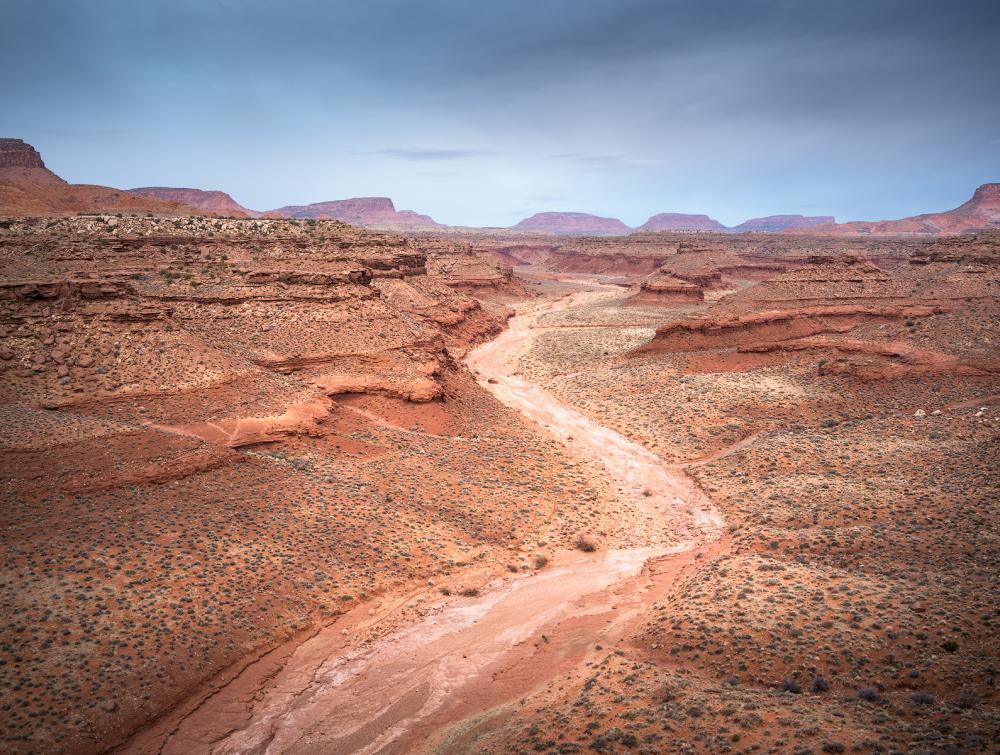
Bears Ears National Monument, UT
Mason Cummings, TWS
Spotlight on Biden promise to restore protections
Shortly after President Biden’s inauguration, he signed an executive order that began the process of restoring full protection to Bears Ears, Grand Staircase-Escalante and Northeast Canyons and Seamounts Marine national monuments. But it’s been more than 200 days since then, and those sites remain vulnerable to development and other threats.
Reversing ex-President Trump’s rollbacks to those and other public lands and waters was a big Biden campaign promise, and it’s unclear what’s taking him so long to make good on that pledge.
Below, we take a shot at answering some frequently asked questions about Bears Ears, national monuments and what happens next.
- Remind me: What's up with Bears Ears and Grand Staircase-Escalante?
- Why was Trump allowed to gut Bears Ears and Grand Staircase-Escalante?
- What happened to Bears Ears and Grand Staircase-Escalante after Trump’s proclamation?
- How did the monuments avert disaster?
- What can be done to restore or expand Bears Ears and other monuments?
- Who wants these monuments restored?
- Why hasn't Biden restored the monuments?
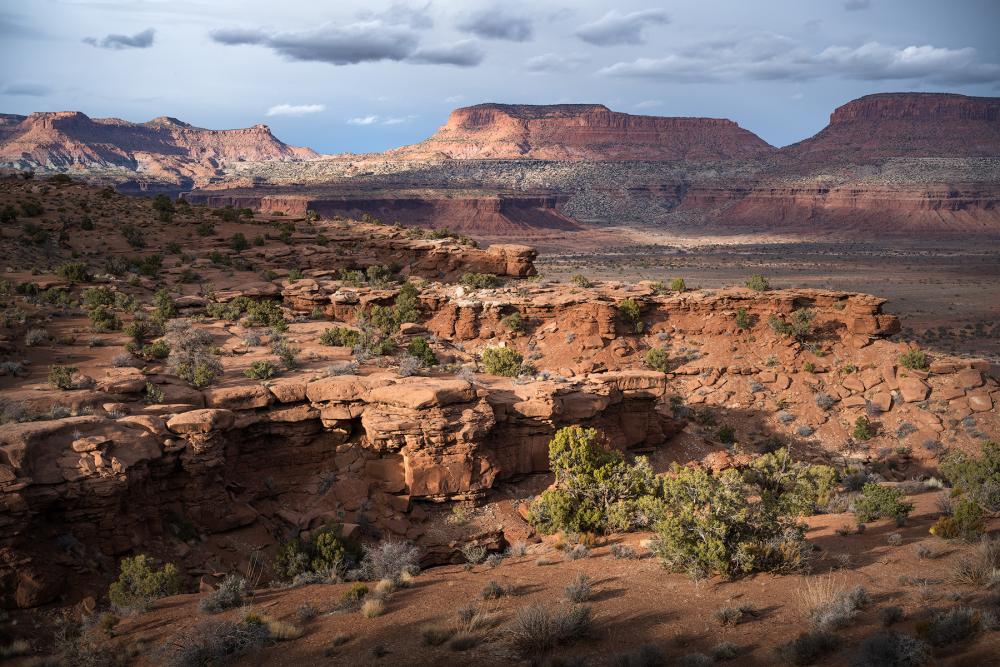
Bears Ears National Monument, UT
Mason Cummings, TWS
Let’s take it from the top. Grand Staircase-Escalante National Monument was designated in 1996 by President Bill Clinton, protecting a dramatic red-rock landscape in southern Utah that has yielded numerous significant fossils of dinosaurs and other ancient life. Bears Ears National Monument, to the east, was established in 2016 by President Barack Obama to preserve thousands of Indigenous cultural and archaeological sites. The Bears Ears Inter-Tribal Coalition, an alliance of five sovereign Tribal nations with ties to Bears Ears (the Hopi, Navajo, Uintah and Ouray Ute Indian Tribe, Ute Mountain Ute and Zuni Tribe), was the driving force behind that monument designation—a momentous and perhaps unprecedented instance of Tribal interests joining forces to propose national monument protection. The monument comprised about 71 percent of the area proposed by the Tribes.
In 2017, spurred by development potential for fossil fuels and other energy, President Donald Trump drastically reduced the size of Bears Ears and Grand Staircase-Escalante (by roughly 85 percent and half, respectively), the single largest rollback of public lands protections in history. These changes exposed archaeological and paleontological sites to vandalism and other harm and opened the door to drilling and mining claims. Later, the Trump administration put out management plans for how the scant remnants of these monuments should be managed; unsurprisingly, those plans left important cultural sites and wildlife habitat vulnerable to harm as well.
Trump also rolled back protections for the Northeast Canyons and Seamounts Marine National Monument, off the coast of New England. That move, ostensibly to benefit commercial fishing, gutted protections for an important stretch of the Atlantic Ocean that plays host to varied (often rare) marine life.
Tribal leaders, scientists, local businesses, conservation groups have been fighting the Trump rollbacks, including in court (we were the lead litigants in a lawsuit challenging reductions to Grand Staircase-Escalante).
When Joe Biden was running for president in 2020, his campaign said that if elected he’d “take immediate steps” to reverse the Trump rollbacks on Bears Ears and Grand Staircase-Escalante. The campaign also released a suite of policy recommendations that included restoration of Northeast Canyons and Seamounts.
Upon election, President Biden quickly signed an executive order triggering review of the monuments. In June 2021, Interior Secretary Deb Haaland reportedly recommended restoring protections for all three. But we are seemingly no closer to Trump’s attacks actually being reversed (let alone Bears Ears’ expansion to the area originally proposed by the inter-Tribal coalition).
BACK TO TOP
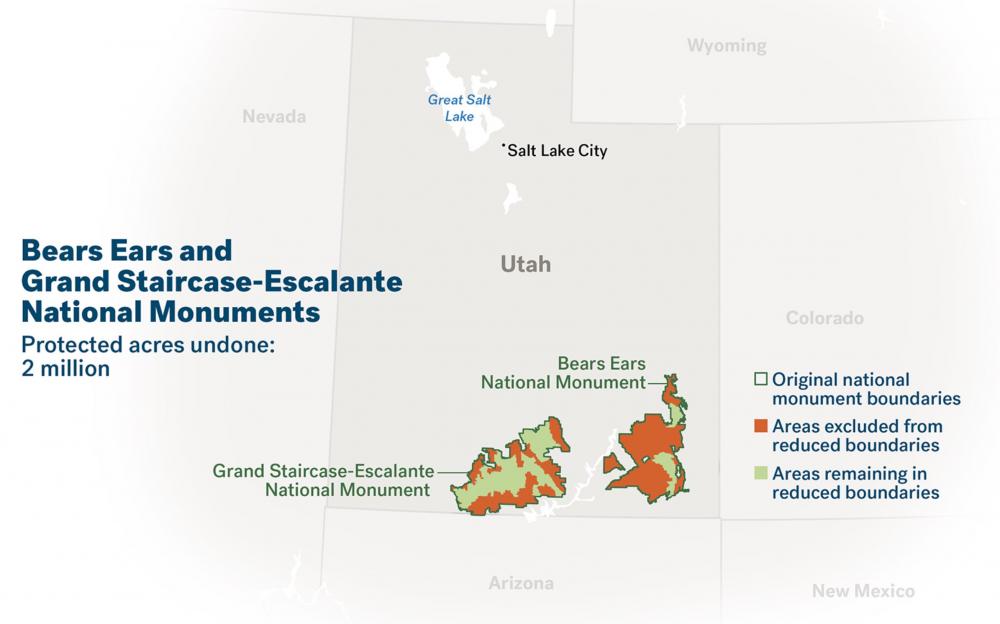
Map showing original extent of Bears Ears and Grand Staircase-Escalante national monuments and revised protections after Trump's rollbacks
TWS
Short answer: he shouldn’t have been! The Antiquities Act of 1906, the law that gives presidents the authority to protect sensitive cultural sites and wild habitats as national monuments, doesn’t include any provision for un-doing a previous president’s monument. But Trump blundered ahead anyway, operating under the legally questionable premise that “the power to create comes hand in hand with the power to destroy,” in the words of Steve Bloch, legal director for Southern Utah Wilderness Alliance. We and many others argued that his rollbacks were unlawful, and we’ve been fighting it out in court to slam the brakes on the whole process.
Aside from on-the-ground damage, lawyers and legal scholars have argued, Trump’s unlawful attacks set a dangerous precedent. If his monument rollbacks were to succeed, what’s to stop future presidents from completely redrawing the map and removing protections for other national monuments? And more broadly, what does it portend about other attempts to gut scientifically sound rules and environmental safeguards?
BACK TO TOP
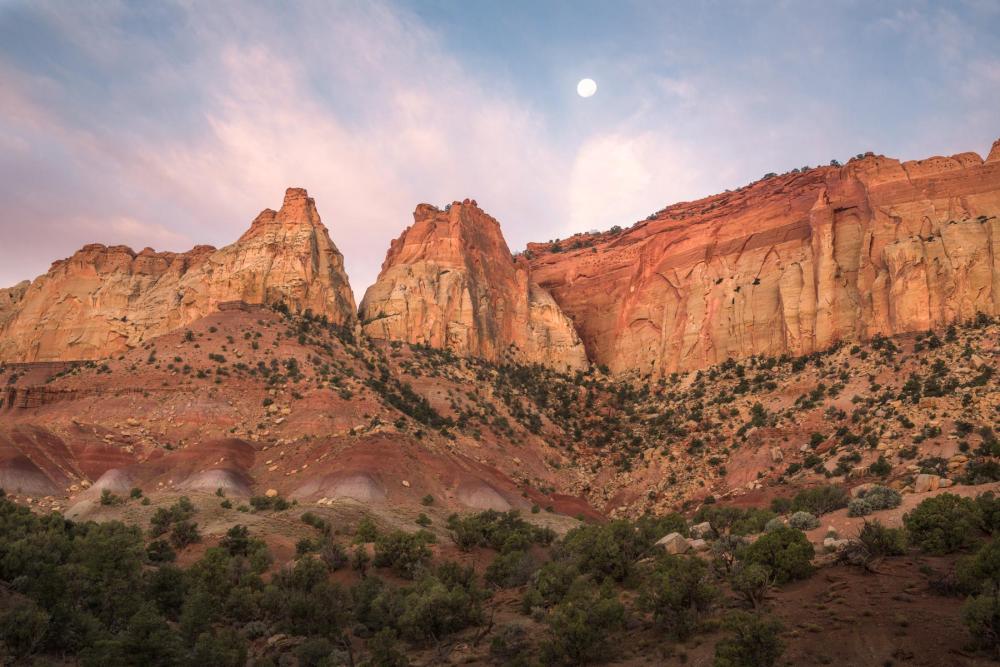
Grand Staircase-Escalante National Monument, UT
Mason Cummings, TWS
There were a lot of nightmare scenarios on the horizon when Trump first announced the monument cuts: everything from all-terrain vehicles roaring through sensitive archaeological sites to a uranium mine setting up shop not too far from Bears Ears.
At least some steps have been taken in that disastrous direction. A number of new mining and drilling claims have been staked on land cut from Bears Ears, including tens of thousands of acres’ worth of leases nominated by oil and gas companies
A couple of small mineral extraction operations have started up, one in each of the Utah landscapes. Damage from those could hang around for a long time. But for the most part, large-scale development destruction in Bears Ears and Grand Staircase Escalante has been held at bay. Market conditions made mining and drilling in the formerly protected areas less attractive to energy companies, among other factors. But every day the monuments lack the appropriate level of protection is another day they’re vulnerable to development claims.
The rush of visitors enabled by Trump management plans threatens to overwhelm managers tasked with protecting cultural and natural resources
The Trump management plans, meanwhile, allow increased potential for damage from visitation to the monument areas. The rush of visitors threatens to overwhelm managers tasked with protecting cultural and natural resources.
Since Trump’s rollbacks, Clark Tenakhongva, vice president of the Hopi Tribe, has reported increased vandalism, off-road vehicle and foot traffic near Bears Ears. In recent months, there has been a rash of vandalism incidents in the region and beyond. A geologist who met with Interior Secretary Deb Haaland said looting of fossil sites is an ongoing problem . In 2018, paleontologists reported a fossil specimen from ex-Bears Ears land that bore telltale signs of looting.
One little-mentioned consequence of the Trump cuts: they diverted federal funding from important projects on the ground. For example, paleontologists have testified to the scientific importance of fossil finds in Grand Staircase-Escalante and pointed out that monument status enabled their work (a great deal of funding that led to major fossil finds in Grand Staircase-Escalante came through the monument, including the resources to airlift a rare, nearly complete tyrannosaur skeleton out of a now de-designated monument area in 2017). Trump’s contraction of monument boundaries interfered with key research.
Right now, groups including the Bears Ears Inter-Tribal Coalition and Grand Staircase Escalante Partners are focused on restoring protections as soon as possible—before any more threats are introduced.
BACK TO TOP
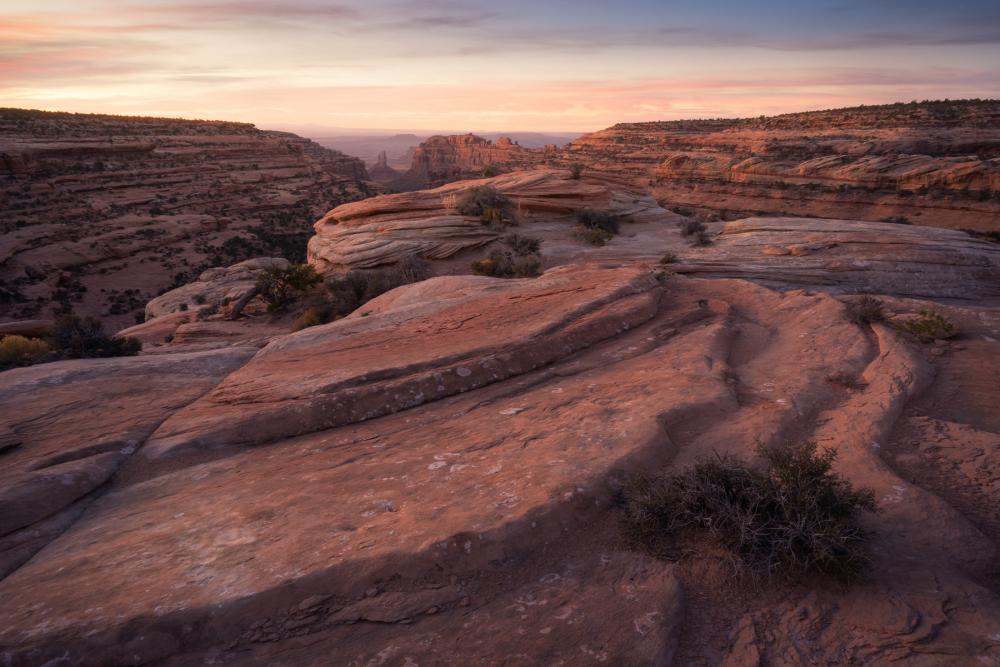
Bears Ears National Monument, Utah
Mason Cummings, TWS
Well, because of you (in part, anyway).
The public never really supported Trump’s rollback agenda. In fact, when then-Interior Secretary Ryan Zinke solicited input on how he should implement Trump’s executive order to “review” various monuments, roughly 99% of the millions of public commenters who weighed in said they opposed the whole process. Since Trump actually made the rollbacks, similarly, public opposition has been fierce. It was made clear to energy producers and others with an interest in developing these landscapes that they would be met with strong opposition if they moved forward. Additionally, it ended up not being economical to drill and mine in Bears Ears and Grand Staircase-Escalante (at least so far).
Another major factor: Trump became a one-term president. Four additional years in the White House would have meant more time for his administration to solidify management changes and push past the objections of Tribal groups and others.
Again, the bottom line is that we need to restore protections as soon as possible. A full-on “disaster” hasn’t happened yet, but it certainly still could if we don’t take action now.
BACK TO TOP
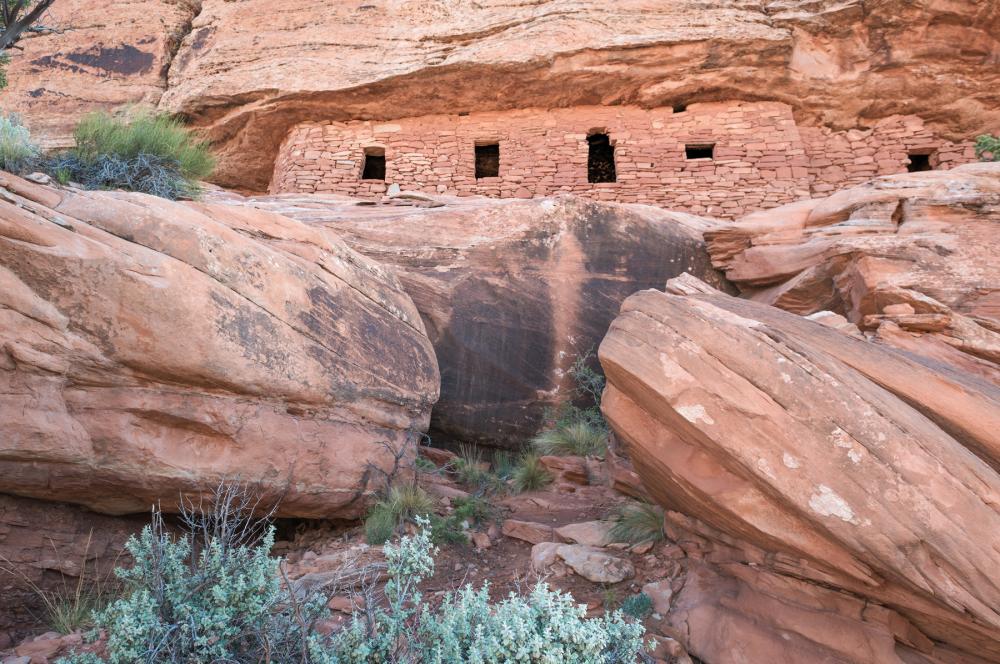
Ancient Puebloan ruins in Bears Ears National Monument, Utah
Mason Cummings, TWS
President Biden initiated a review of the boundaries of Bears Ears and Grand Staircase-Escalante almost immediately after being inaugurated. Under the authority of the Antiquities Act (see above), he is empowered to restore or expand protections to those monuments, following the example of almost every past president, Republicans and Democrats alike.
The first step is Interior Secretary Deb Haaland’s trip to Utah. There, the Interior Department has promised that she’ll meet with “stakeholders, tribes and elected leaders” to inform her recommendations to the president. After that, we plan to pressure the White House to make things right by restoring protections to Bears Ears and Grand Staircase-Escalante (and Northeast Canyons and Seamounts). In the case of Bears Ears, we’ll further call on the Biden administration to heed the Bears Ears Inter-Tribal Coalition’s request to expand and strengthen protections for the boundaries originally proposed by the Tribes back in 2015.
The first step was Interior Secretary Deb Haaland’s trip to Utah to meet with Tribes and elected leaders. Afterward, she reportedly recommended that President Biden restore protections to all three national monuments. Since then, Tribes and others have been asking the White House to put those recommendations into action.
In the case of Bears Ears, the Bears Ears Inter-Tribal Coalition has been calling on the Biden administration to heed their request to expand and strengthen protections for the boundaries originally proposed by the Tribes back in 2015.
The Biden campaign also made a general promise to respect the role of Tribes in caring for and managing public lands that are culturally important to them. A good place to start would be following the lead of Tribes on Bears Ears.
It’s been more then 300 days since the Biden campaign pledged “immediate steps” to restore the monuments, and more than 200 days since newly inaugurated President Biden got the ball rolling. Now it’s time to take the next step.
BACK TO TOP
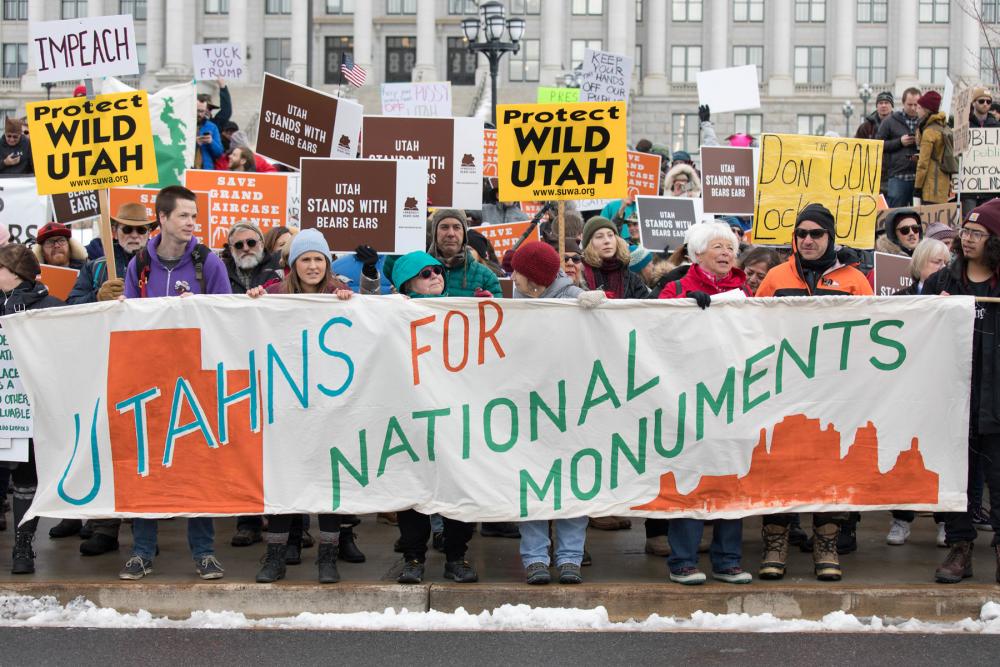
Protest in Salt Lake City in December 2017
KristineL761, Flickr
From the very beginning of Trump’s campaign against Bears Ears and Grand Staircase-Escalante, he and his administration tried to paint it as a principled stand of behalf of the people—specifically, local Utahns who didn’t want the feds in their backyard (to quote Trump from 2017, protecting monuments “give[s] enormous power to faraway bureaucrats at the expense of the people who actually live here, work here, and make this place their home"). But at best, that’s a grotesque distortion of the facts on the ground.
First, take the Bears Ears Inter-Tribal Coalition. This alliance of five sovereign tribal nations with ties to Bears Ears was the driving force behind the monument designation in the first place. Pat Gonzales-Rogers, executive director of the coalition, has likened the landscape to the Cathedral of Notre Dame in its cultural and religious importance.
There has been strong local support for protecting Bears Ears and Grand Staircase-Escalante
Leaders from those tribes then led the way in opposing Trump’s land grab, including a lawsuit filed by the Native American Rights Fund on behalf of the Hopi Tribe, Ute Mountain Ute Tribe and Pueblo of Zuni. Since Biden was elected, the coalition has already stated its eagerness to work toward restoring Bears Ears. There is no charitable way to interpret Trump and other lawmakers’ habit of ignoring or downplaying these Tribal voices (don’t Indigenous communities count as communities?). Bottom line: there is—and has always been—a robust contingent of Tribal communities in favor of protecting Bears Ears.
But even if you discount the Inter-Tribal Coalition, there has been strong local support for protecting (and re-protecting) Bears Ears. Shortly after Biden was elected, commissioners from Grand County and San Juan County (where Bears Ears is located) along with the Utah Navajo Commission asked Biden to restore Bears Ears. Similar statements of support have come from the Moab City Council, the Bluff Town Council and the towns of Blanding and Monticello.
In the case of Grand Staircase-Escalante, the Escalante Boulder Chamber of Commerce strongly supported leaving monument protections as-is in the lead up to Zinke and Trump’s cuts. Leaders specifically pointed to the monument’s robust contributions to the local tourism industry, and since then, local businesses have been among the vocal opponents of reduced protections.
That’s not to mention broader sentiment in the state. While a number of deeply conservative counties in Utah do oppose monument protection for Bears Ears and Grand Staircase-Escalante, it is plainly misleading to paint Trump’s rollbacks as a proxy victory for the people of Utah; in fact, in the survey of public comments mentioned above, 90.9% of Utahns opposed the monument review process. And in a 2021 poll, 74% of Utah voters said they support restoring monument protections.
Why hasn't Biden restored the monuments?
As mentioned above, Biden ordered a formal review of Bears Ears, Grand Staircase-Escalante and Northeast Canyons and Seamounts Marine national monuments right after being sworn in. We commended him for it. It’s been widely reported that as part of that review, Interior Secretary Haaland formally advised the monuments be restored. So far, so good.
So why hasn’t President Biden gone ahead with restoration of the national monuments? We don’t know. It is not clear and the Administration has not been forthcoming about their plans. But this is no time to delay. Every day these places lack the appropriate level of protection, they’re open to potentially irreplaceable damage.
